By Jay Landers
Currently under construction in Lebanon’s capital, the Beirut Museum of Art, or BeMA, features a design that relies on extensive use of balconies to foster a sense of openness and inclusivity in a city that has a recent history of division and strife. The privately funded 12,000 sq m museum was designed by WORKac, an architecture firm based in New York City.
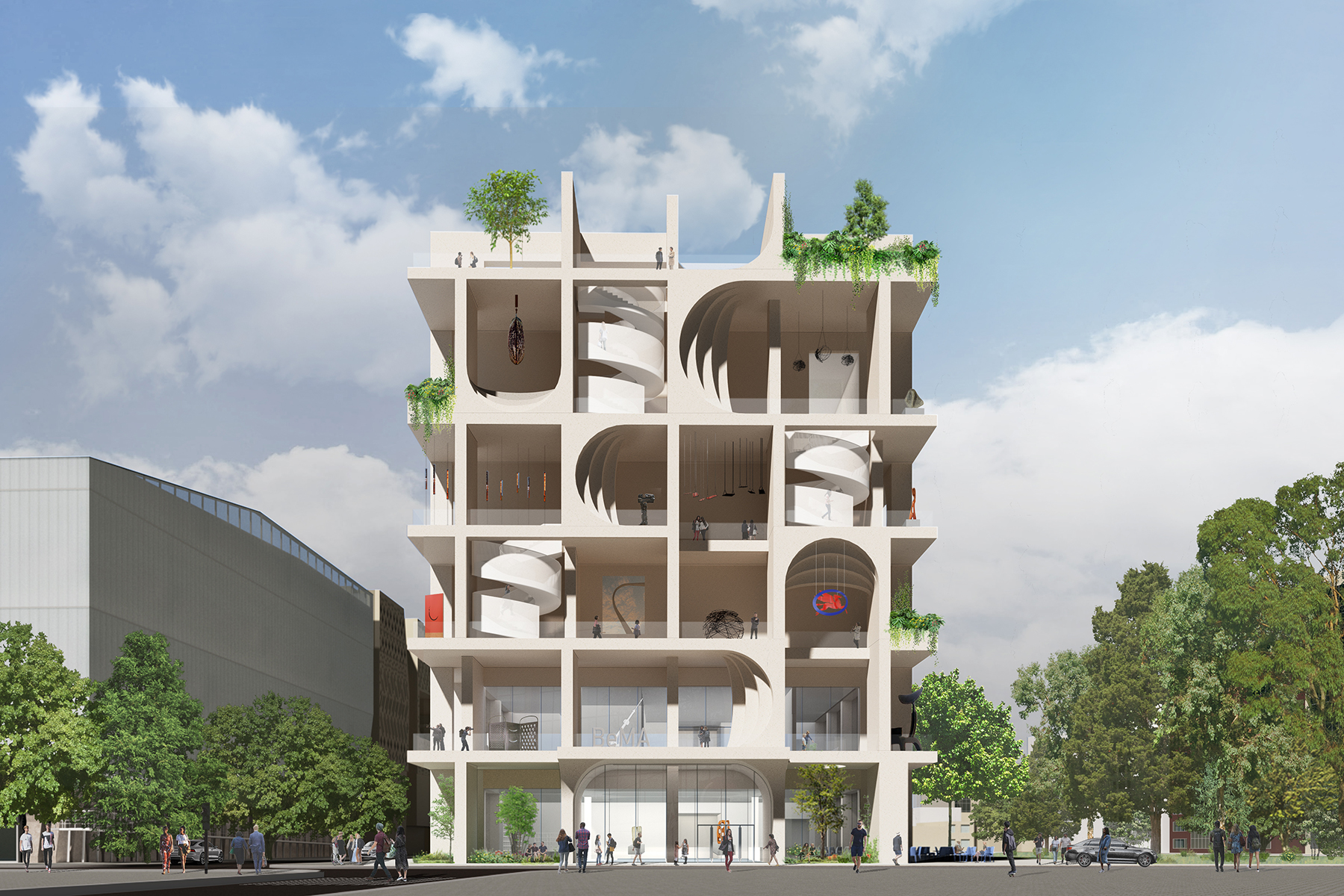
Situated in the heart of Beirut, the museum is symbolically located on Damascus Street, the thoroughfare that served as a dividing line during Lebanon’s civil war, which lasted from 1975 to 1990.
The museum’s exterior includes 70 balconies, forming a “vertical promenade that blends indoor and outdoor spaces to create an ‘open museum’ for the city,” according to a news release issued by the BeMA announcing a Nov. 7 discussion about the project that was held at the Museum of Modern Art in New York City. “The museum’s physical design expresses its core principles of openness, dialogue across communities and disciplines, and, most of all, hope,” according to the release.
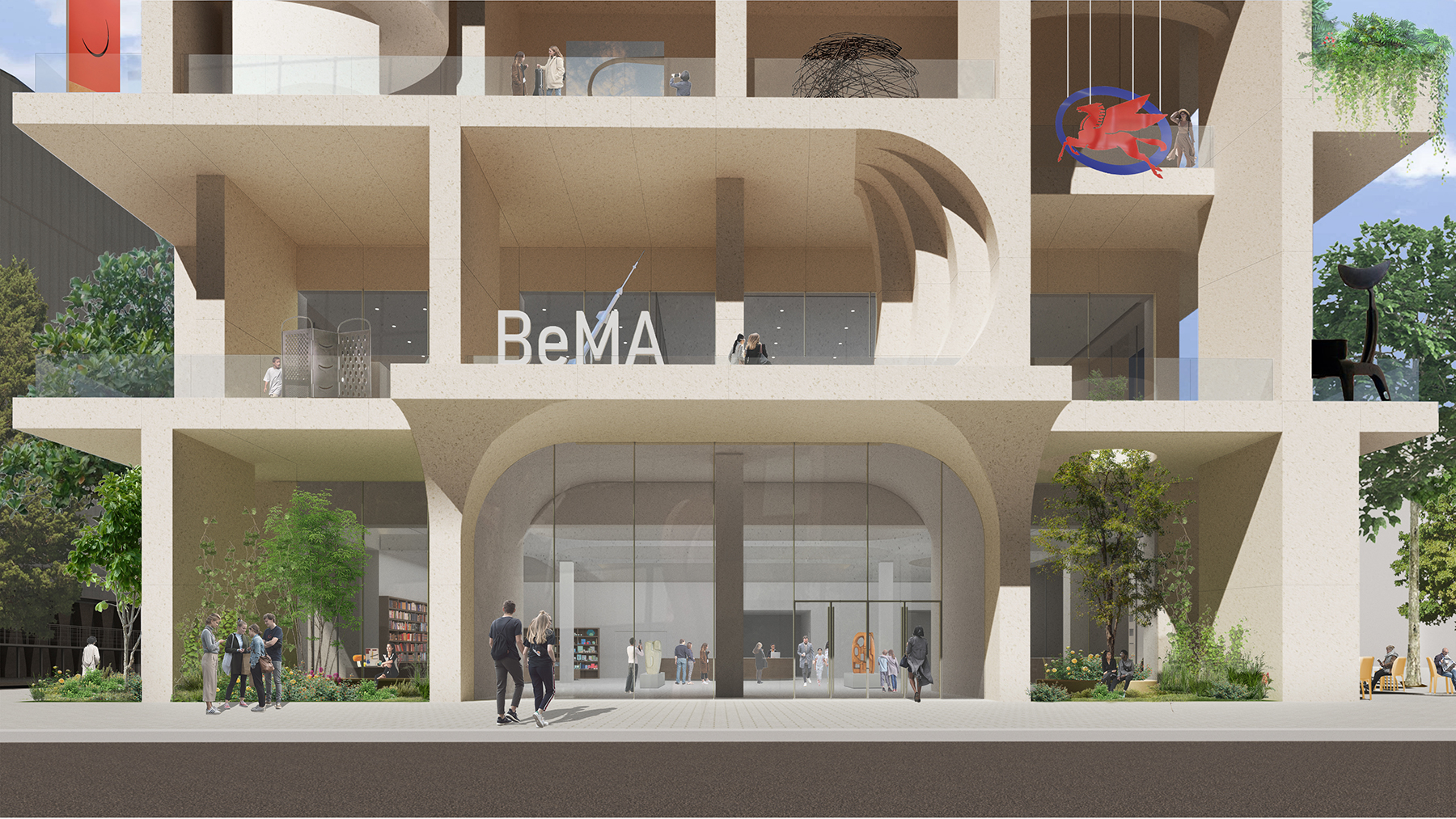
This theme was emphasized by architect Amale Andraos, FRAIC, a co-founder and principal of WORKac, at the Nov. 7 panel discussion regarding the BeMA. The museum is designed to have a sense of accessibility, Andraos said during the event. “It is not a closed fortress.”
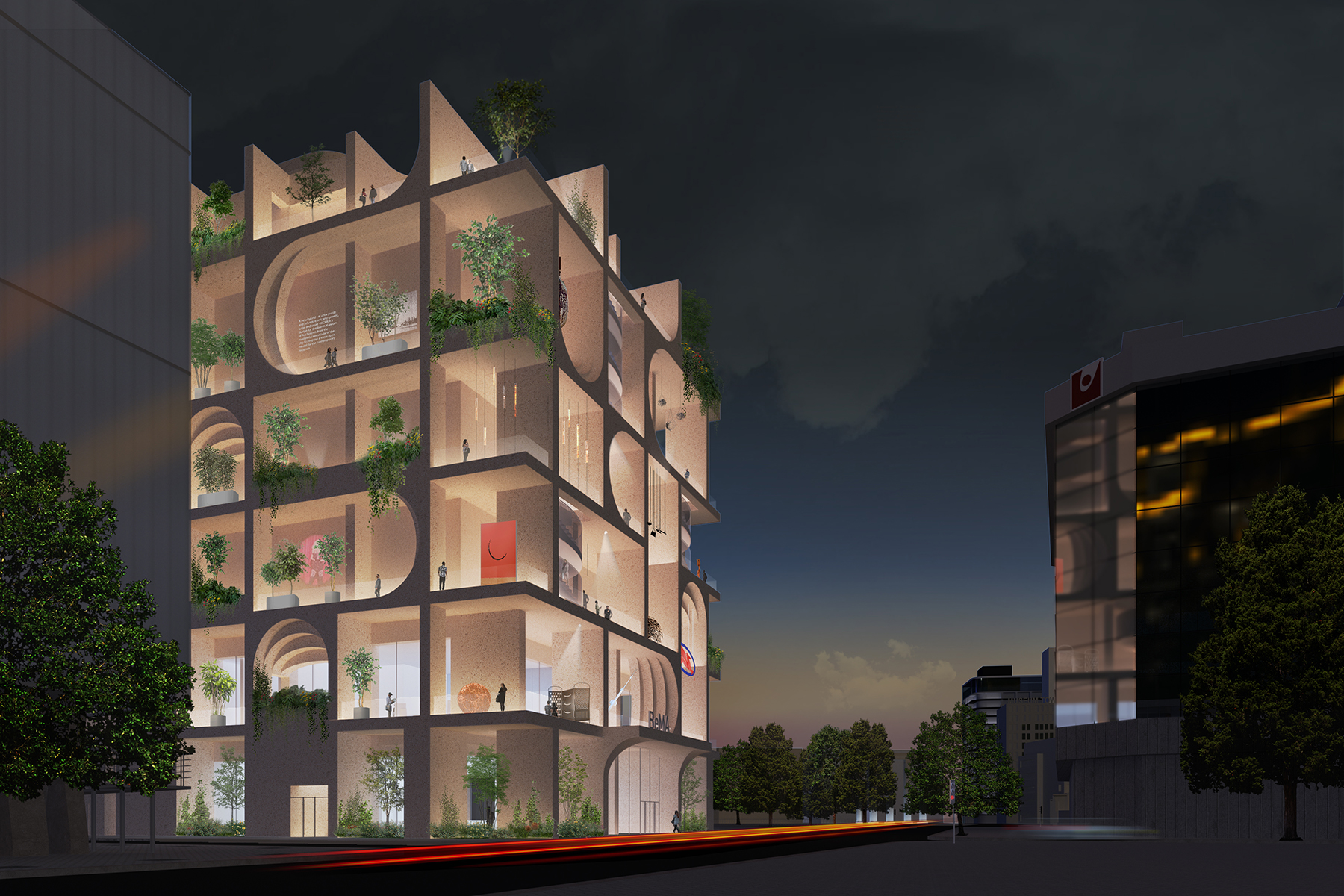
To promote the concept of an “open museum,” the building’s design “enlists the ubiquitous modernist balcony and hybridizes it with Beirut’s unique art deco legacy of deep, ornate verandas,” according to the BeMA’s website. “The result is a thickened envelope of outdoor project rooms, galleries, event and educational spaces, and gardens that transforms the traditionally closed fortresslike museum facade into a more accessible typology for the museum of the future — dissolving boundaries between the inside and the outside, between the museum and the city, and between art and life, inviting people of all walks of life to engage directly with the art.”
“The idea is that no matter whether you’re entering the museum or not, art is part of life,” Andraos said.
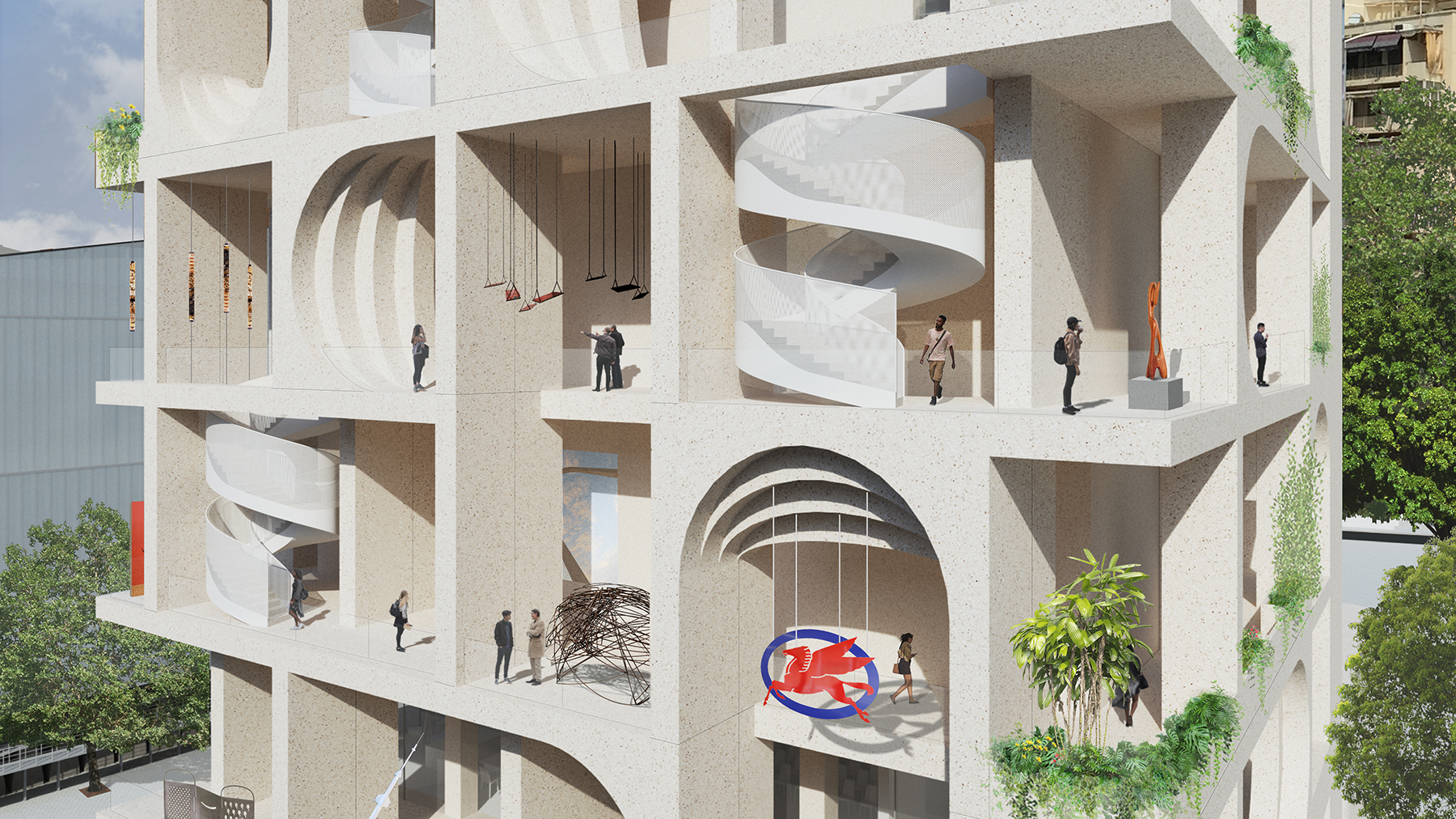
The balconies on the side of the building facing Damascus Street will be the deepest, at 6 m. These balconies are sized “at a scale where we can have large sculptural installations, we can have outdoor events, and we can really play with the space,” said architect Dan Wood, FAIA, a co-founder and principal at WORKac, during the Nov. 7 event.
Along the side facades, 4 m deep balconies will “serve as circulation spaces with extensive xeriscape landscaping, creating a vertical garden for the city,” according to the BeMA website.
With their combination of vegetation and art, the balconies become a “sculpture garden where works that are meant to be outdoors are displayed in a very public way across the face of the building,” Wood said.
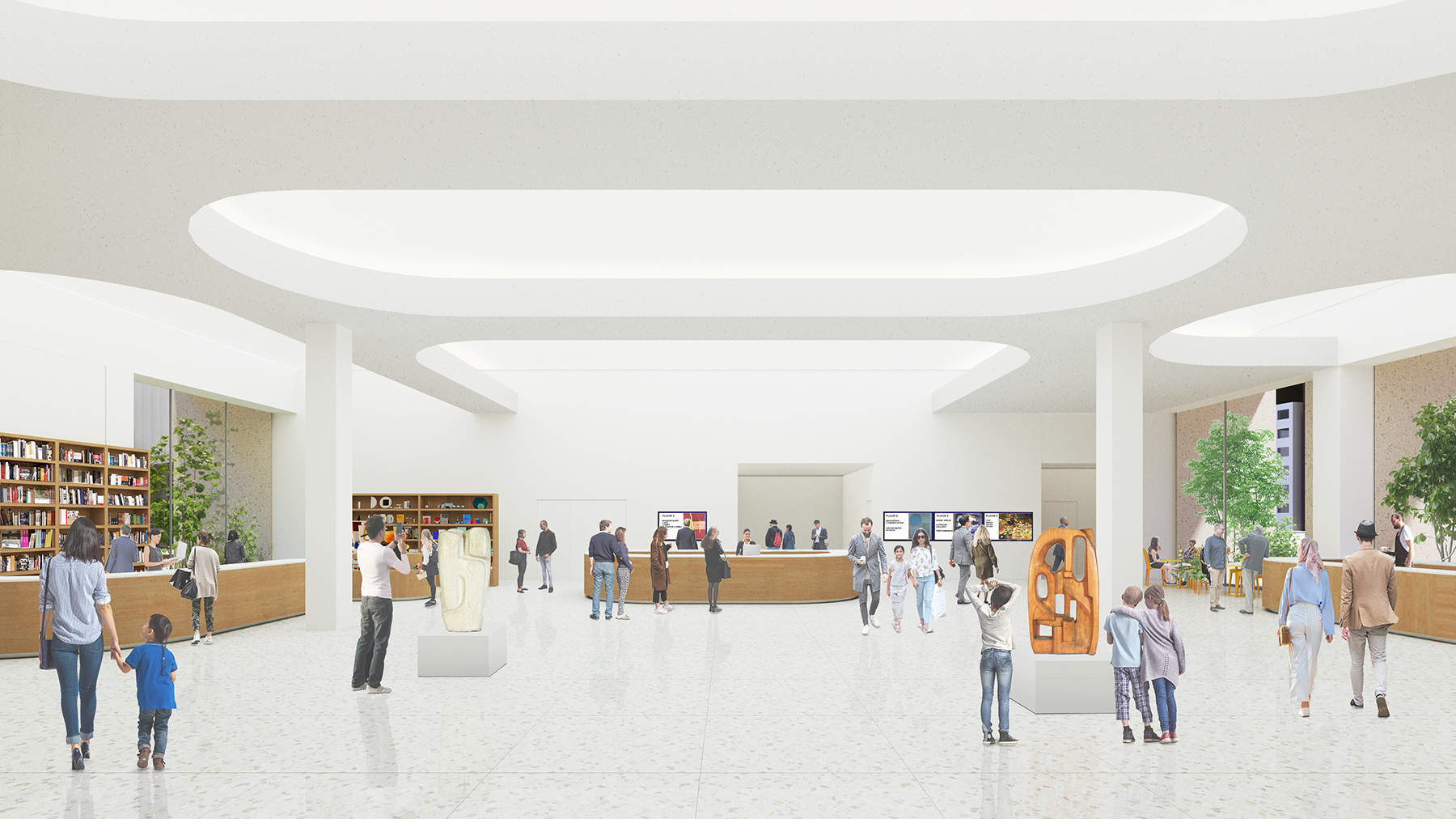
The building’s basement will include workspaces and studios for artists and storage, while the lobby level “will welcome visitors through an open and porous space with a cafe on the one side and a bookstore on the other, animating the surrounding streets,” according to the BeMA’s website.
The second floor will house a conservation lab and education space, facilitating two of the museum’s main missions — education and community engagement and art conservation and restoration.
Gallery space is contained within floors 3-5. Two of these will be dedicated to displaying the National Collection of Lebanese Art, the third main mission of the museum.
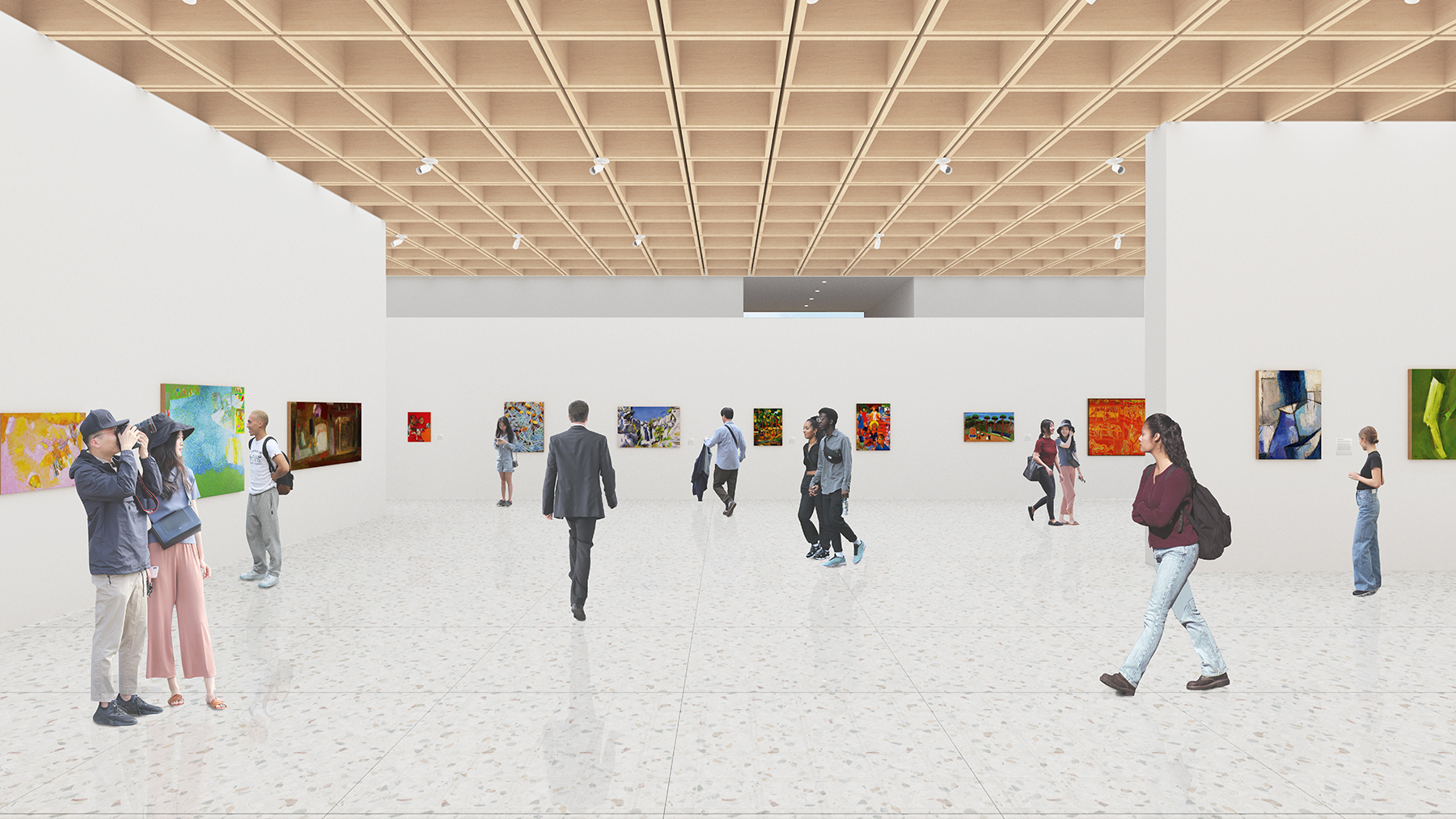
Gallery spaces will include only two columns to maximize available space. Located within the interior of the building, the galleries are “primarily opaque” to protect paintings and other artwork from sunlight, Wood said
The top floor will feature a 7 m high gallery space to serve as a temporary exhibition and multipurpose space. “This is a huge, column-free space where very large contemporary art can be done (and) performances can be done,” Wood said. An open roof terrace will connect to this gallery space, providing a venue for outdoor events and offering panoramic views of the city.
To be clad in travertine, the museum will employ concrete walls that afford good insulation, helping maintain desired temperatures within the building. Plywood ceilings will conceal the mechanical systems and lighting and will absorb humidity so as to reduce the need for air conditioning.
Beirut-based Nabil Hennaoui Consulting Engineers is serving as the structural engineer on the project. ABNIAH is the general contractor. Groundbreaking occurred in early 2022, and the museum is scheduled to be completed in 2026.



